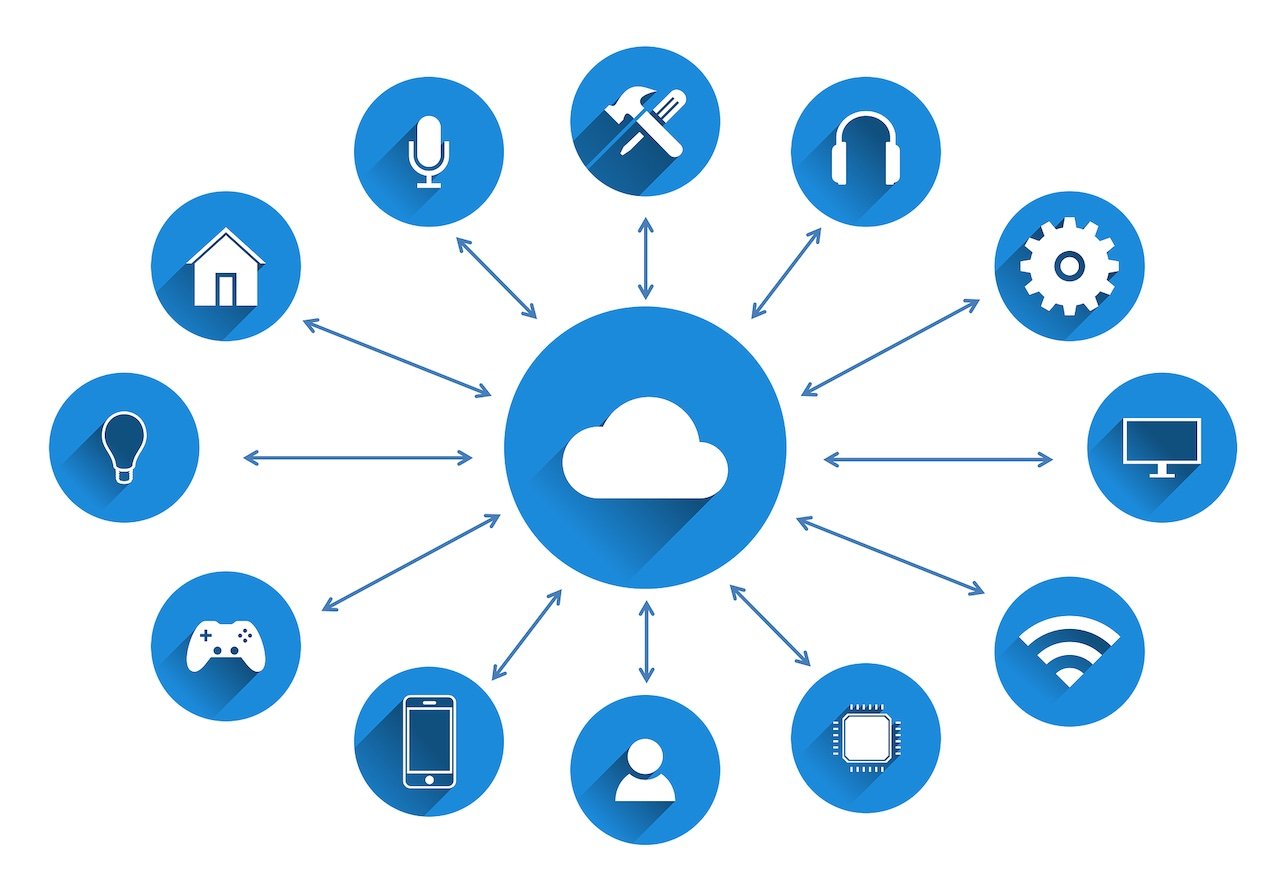
- April 2025 (1)
- March 2025 (2)
- February 2025 (1)
- December 2024 (2)
- November 2024 (2)
- August 2024 (2)
- June 2024 (3)
- May 2024 (3)
- April 2024 (1)
- March 2024 (3)
- February 2024 (2)
- January 2024 (2)
- December 2023 (1)
- November 2023 (2)
- October 2023 (2)
- September 2023 (1)
- August 2023 (1)
- July 2023 (2)
- June 2023 (3)
- May 2023 (2)
- April 2023 (1)
- March 2023 (4)
- February 2023 (1)
- January 2023 (2)
- November 2022 (2)
- October 2022 (1)
- September 2022 (1)
- August 2022 (2)
- July 2022 (2)
- June 2022 (2)
- May 2022 (1)
- April 2022 (3)
- March 2022 (1)
- February 2022 (3)
- January 2022 (2)
- December 2021 (1)
- November 2021 (1)
- October 2021 (2)
- September 2021 (3)
- August 2021 (1)
- July 2021 (4)
- June 2021 (1)
- May 2021 (2)
- April 2021 (2)
- March 2021 (2)
- February 2021 (3)
- January 2021 (3)
- December 2020 (1)
- October 2020 (1)
- August 2020 (1)
- August 2019 (1)
- January 2019 (2)
- September 2018 (5)
- June 2018 (1)
- November 2017 (1)
- September 2017 (1)
- July 2017 (1)
- May 2017 (1)
- January 2017 (1)
- October 2016 (2)
- August 2016 (1)
- July 2016 (1)
- June 2016 (1)
Subscribe by email
The Internet of Things (IoT) may just be the most significant impact on manufacturing since the Industrial Revolution. This latest technology revolution is enabling industrial companies and manufacturers to gain productivity and enhance supply chain operations, leading to a safer employee experience and increased customer satisfaction. According to McKinsey, the industrial Internet of Things (IIoT) will be a $500 billion market by 2025, largely driven by advances and increased demand in the manufacturing sector. So, how is IoT positively impacting manufacturing? Read this to find out about the exciting IoT transformation of the manufacturing industry.
What Is the Industrial Internet of Things?
The industrial Internet of Things refers to the application of IoT sensors, devices and connected solutions that contribute to the digital transformation of the industrial sector broadly. IoT uses networks of sensors that collect critical data and analyze it - both at the edge and in the cloud, to turn that data into actionable insights. These learnings can drive operational efficiencies, lower costs, improve safety, and create other beneficial opportunities for businesses in all industries, especially manufacturing. While the industrial sector includes a number of vertical industries like chip fabrication, construction, mining, and other related businesses, we’ll focus on manufacturing subsectors like product line assembly and finished goods manufacturing in this article.
How Is IoT Transforming Manufacturing?
Just as we see across other industries, the Internet of Things is changing the paradigm in manufacturing. Though the industry initially focused on emergency communications such as activating employee alerting systems when an assembly line went down, manufacturers are now branching into other areas as the benefits of connectivity are applied to new applications outside of the manufacturing line. These applications include increasing automation through the use of autonomous robots for packing assembled products, improving employee wellbeing by reducing unsafe movements, and tracking finished products along the entire delivery process . Companies are also looking at opportunities to serve their end customers better, by moving toward on-demand service models, and considering entirely new revenue models to appeal to different customer markets.
Benefits of IoT in Manufacturing
As we’ve seen with other industries, industrial companies can significantly benefit from implementing connected solutions. Here are some of the improvements we see in the manufacturing and related industrial sectors, as well as areas for significant opportunity moving forward.
- Cost reduction — Reduce operational costs through inventory management, optimizing assets, reducing machine downtime, improving energy efficiency, and optimizing operations.
- Safety improvements — Ensure a safer workplace for employees through automation and remote monitoring and maintenance. Leverage IoT data and analytics to address safety concerns related to strenuous movements and monitor risks in potentially hazardous environments.
- Faster market availability — Enable shorter time-to-market for products by improving the speed and efficiency of manufacturing and supply chain operations.
- Better decision making — Leverage the rich data from IoT to make data-driven decisions in near real-time to benefit the bottom line, employees and customers alike.
- Sustainability — Through the use of IoT, implement programs for waste reduction, water consumption reduction, and energy efficiency.
- Improved customer satisfaction — Boost quality through automation by reducing the risk of manual error. By reducing the commercial distribution of defective goods, you can improve overall product quality and customer satisfaction, leading to reduced numbers of product returns.
3 Examples of IoT in Manufacturing
There are so many great examples of how IoT is being used in manufacturing businesses today. Here are just a few of the exciting advances in manufacturing by companies leveraging IoT.
- Predictive maintenance and shop floor operations — Empowered by IoT, machinery and industrial equipment can analyze operational conditions. This enables monitoring production and equipment maintenance in near real-time without reliance on human intervention.
- Supply chain movement of goods — IoT provides better transparency into the entire supply chain. By embedding goods with sensors or attaching tracking/monitoring devices to shipment containers, businesses get more control and visibility into the end-to-end supply chain from the manufacturing plant to the warehouse to the delivery trucks and the end customer.
- Industrial asset management — With IIoT devices, manufacturers can track all assets from resources in the production process to completed items in a warehouse. Inventory management no longer requires shutting a business down for a manual count, but it can be done regularly through standard reporting.
The Future of IoT in Manufacturing
There are a lot of exciting advances in manufacturing on the horizon, and we’re actually seeing some of these early changes being implemented now. Here are some of the shifts that we’re most excited about.
Robotics
The use of industrial robots working in factories isn’t new in many manufacturing organizations. Their usefulness and efficiency will continue to increase, as they are quite cost-effective, operate 24/7, and can operate in intensive, but repetitive roles that can help improve overall worker safety in the plant. Robots are especially helpful with handling basic tasks to free people up for the more complex, and valuable roles in the facility. With enhanced connectivity, robots in different stages of assembly will be able to communicate and adjust accordingly to events like specific line shutdowns in order to limit downtime and ease bottlenecks.
Leveraging Big Data and Analytics
The valuable information that this technology generates is one of the greatest advantages of IoT. With the ability to analyze such large amounts of data, manufacturers can decrease downtime and costs and improve efficiency, safety, and productivity. Manufacturers will continue to evolve as they learn how to incorporate this rich data in their business operations.
Machine Learning and Artificial Intelligence
The data produced by IIoT is a gold mine of value for companies who learn how to use it. The advanced algorithms and analytics that use machine learning to mine the data empower companies with data-based strategies and deep insights. This changes the paradigm of how companies run, poising businesses for growth on a scale never seen before.
How Zipit Is Helping Manufacturing Companies Connect with IoT
Zipit works with manufacturing companies by offering them premier networks to support their IoT initiatives. We provide global tier-one carrier connectivity from the top cellular service providers. Companies can easily manage their IoT-enabled business with our intuitive and sophisticated multi-carrier platform. It’s proven effective with managing device connections, subscription billing, and more, so you can take full advantage of the power of IoT connectivity.
You might also like:
Related Content
The latest IoT insights and platform updates from Zipit.
IoT devices need flexible network technologies optimized for low-power application...
The network an IoT device selects significantly impacts the strength and reliabili...
Deploying an IoT solution brings significant value to businesses, but it also intr...



